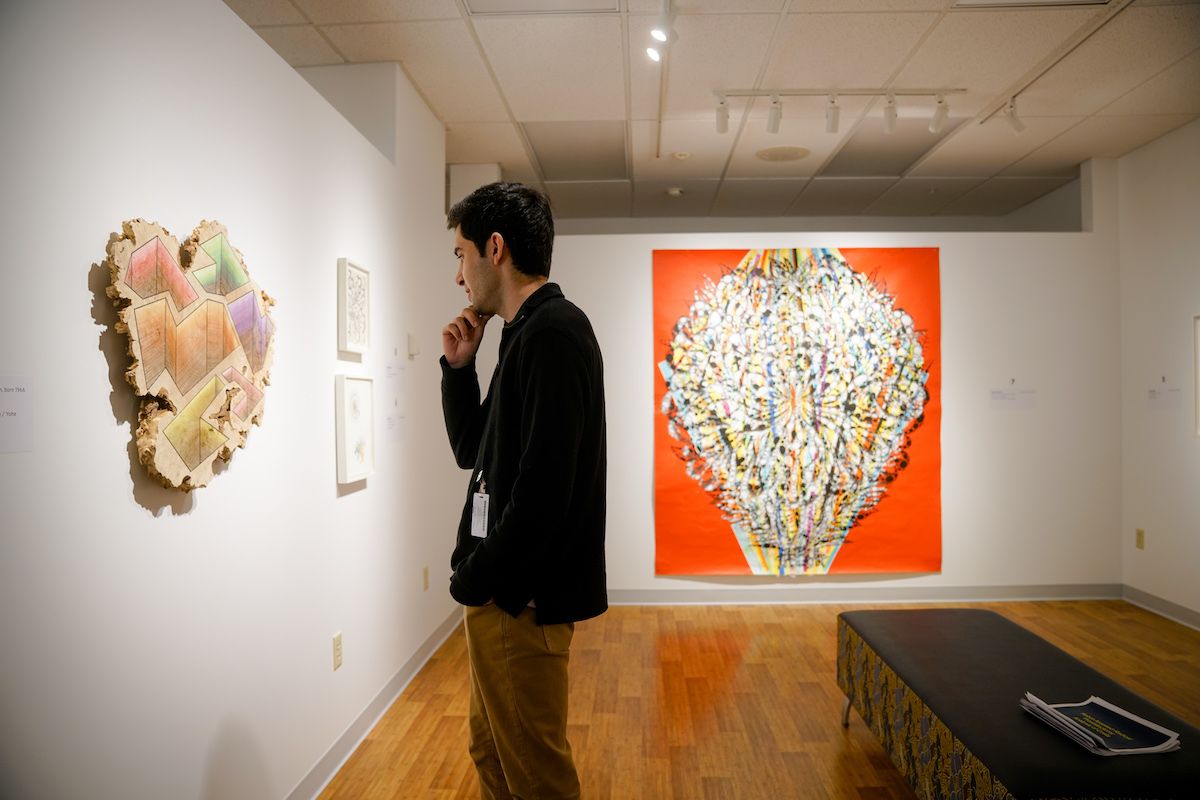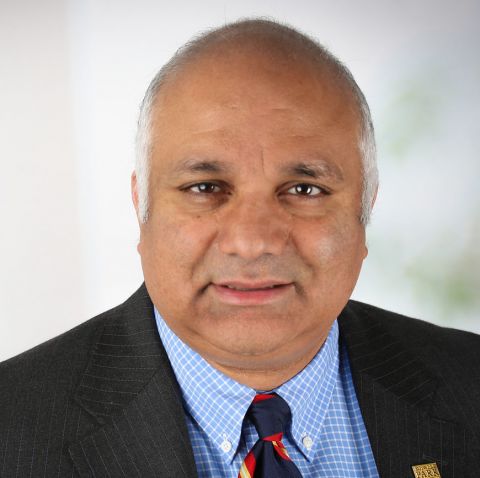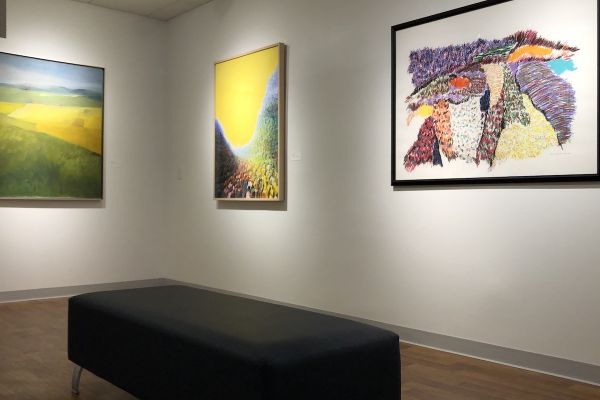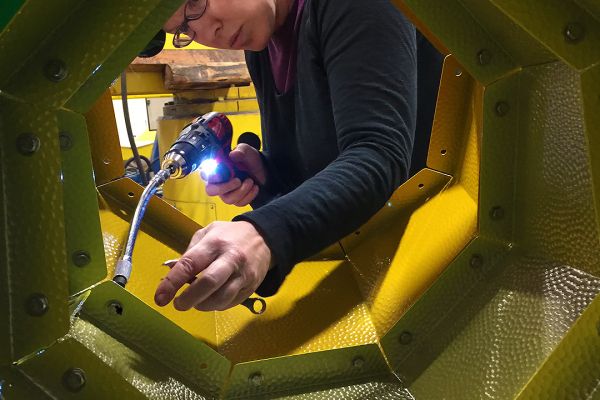Groundbreaking Study Aims to Find Out
This is the second of two Cancer Talk articles about Roswell Park’s new Art Heals gallery. Here’s the first one in case you missed it.
When Khurshid Guru, MD, first thought about creating an art gallery at Roswell Park, one of his goals was to use the gallery as a laboratory, to determine scientifically whether viewing artwork could help patients heal physically, psychologically and emotionally after cancer surgery. He designed a clinical trial to find out.
“While studies have been done in the past about how creating art affects the patient, this one focuses on the effects of just experiencing art,” explains Jenna Bizovi, Assistant Director of Dr. Guru’s ATLAS Lab and manager of the Art Heals gallery.
Guru believes the clinical trial is the first of its kind. “Some researchers have conducted patient surveys, and the patients say, ‘I loved the art. I felt better.’ But that doesn’t mean anything. You have to randomize the patients — one gets art, one doesn’t — and compare the results. That’s science.”
“Significant Decrease in Anxiety”
Launched in March of 2018, the clinical trial enrolled 80 Roswell Park patients who were hospitalized for two days or more following surgery. Those who agreed to participate were randomly assigned to one of two groups. Patients in the first group visited the art gallery for 15 minutes a day, while those in the second category never visited. All participants completed questionnaires along the way, reporting their levels of pain and anxiety as well as their satisfaction with the care they received. Guru and his team then compared the answers given by patients in both groups.
Halfway through the study, the research team wrote an abstract, a summary of the study with results up to that date. The abstract — which will be presented at the annual meeting of the American Urological Association in May — revealed that patients who visited the art gallery experienced a statistically significant decrease in anxiety compared with those who did not view the artwork. Because only 53 patients were enrolled in the clinical trial at the time the abstract was written, the team expects to see changes in the data by the time the study is complete.
Zaeem Lone, Research Project Coordinator for the ATLAS Lab, managed patient recruitment for the study as well as data collection and analysis. “Recruitment was probably the hardest part,” he says. “For every 10 people, you’d get maybe three or four who agreed to participate. About half the people who did enroll in the study needed a little nudging, but once they finally saw the gallery space, they were pretty amazed and glad they chose to participate.”
Now that the study is complete, Lone says the team plans to write a paper about the results and submit it to a peer-reviewed journal. The team also hopes to expand the study by recruiting another 60 patients, for a total of 140.
Never miss another Cancer Talk blog!
Sign up to receive our monthly Cancer Talk e-newsletter.
Sign up!“A Totally Different World”
“We’re looking at inpatients only,” explains Guru. During recovery, when they’re restricted to their hospital rooms, “they can switch through the TV channels, they can hear the monitors, they can hear the nurses, and they can see and hear patients around them who are sicker than they are. They have no outlet, emotionally or mentally. Visiting the gallery takes them out of that and puts them in a totally different world.”
Breast cancer survivor Chris Eberle first visited the gallery in February of 2018, while she was still in treatment, and the thoughts she recorded then echo Guru’s words: “Coming into the gallery brought back a mindfulness of the outside world and how I can still be part of it. It gives you permission to start the next chapter and not relive the last one. You can see through this art that other things are happening outside the constant reminder of your diagnosis.”
Adds Guru, “Through art, you can look back at your life and piece it together and say, ‘There’s a lot for me to go on and fight for.’”




